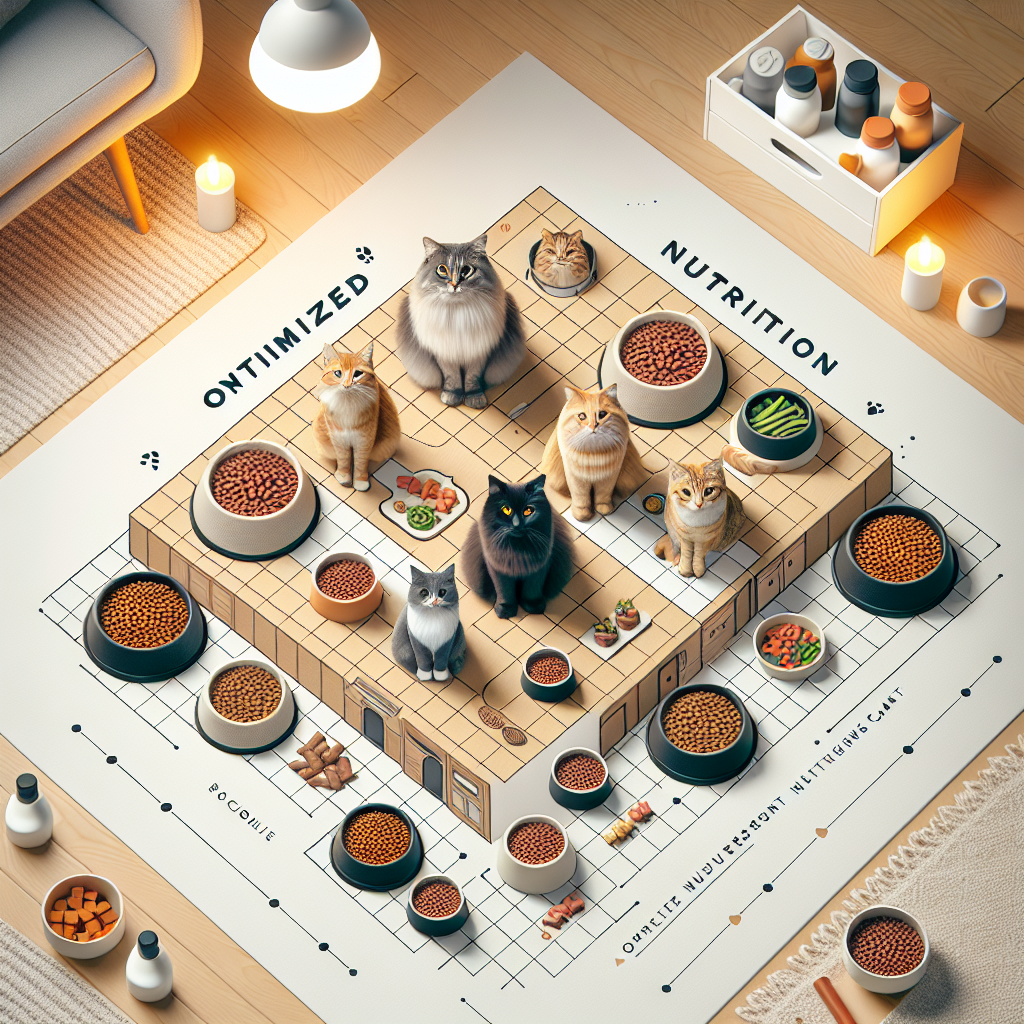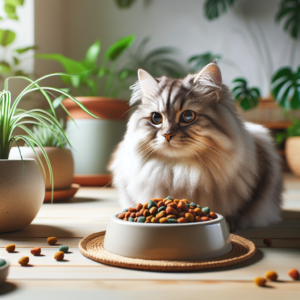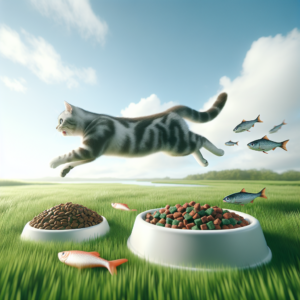
Introduction
Creating a harmonious living environment for multiple cats involves more than just managing their social dynamics. Ensuring each feline receives optimal nutrition is integral to their health and well-being. In multi-cat homes, nutrition can become complex due to varying dietary needs, preferences, and health concerns. This article explores strategies for optimizing nutrition in multi-cat households to ensure each cat thrives.
Understanding Individual Nutritional Needs
Age and Life Stage
Cats experience different nutritional requirements based on their life stages: kittens, adults, and seniors. Kittens need a diet high in protein and energy to support growth, while adult cats require a balanced diet to maintain health and activity levels. Senior cats might need diets lower in calories but higher in fiber to manage weight and digestive health. In multi-cat homes, offering life-stage-specific diets ensures each cat receives appropriate nutrients.
Health Conditions
Some cats have specific health issues that demand tailored nutrition. Conditions such as diabetes, kidney disease, or allergies require special diets. For instance, a diabetic cat may benefit from a diet low in carbohydrates, while a cat with kidney disease might need reduced phosphorus. Consulting with a veterinarian to address individual health concerns is crucial in a multi-cat home.
Weight Management
Weight management is essential for preventing obesity-related health issues. In homes with multiple cats, it’s important to monitor each cat’s weight regularly. This can be challenging if one cat is overweight while others are underweight or at a healthy weight. Implementing portion control and ensuring cats eat from separate bowls can help manage individual weight needs effectively.
Feeding Practices in Multi-Cat Homes
Separate Feeding Areas
Providing separate feeding areas for each cat can prevent food aggression, reduce stress, and ensure each cat gets the correct amount of food. This is especially important if cats are on different diets. Separate feeding stations help minimize competition and allow cats to eat at their own pace.
Scheduled Feeding Times
Implementing scheduled feeding times can help regulate cats’ eating habits and prevent overeating. Unlike free-feeding, scheduled meals allow for better portion control and monitoring of each cat’s food intake. It also helps establish a routine, which can be comforting for cats.
Interactive Feeding Solutions
Interactive feeding solutions like puzzle feeders and food-dispensing toys can provide mental stimulation and slow down fast eaters. These tools are particularly useful in multi-cat homes, as they keep cats engaged and reduce boredom. Interactive feeding can also help prevent one cat from consuming another’s food.
Choosing the Right Diet
High-Quality Commercial Diets
Choosing high-quality commercial cat food can simplify feeding in multi-cat homes. Look for brands that offer a range of products catering to different life stages and health needs. Ensure the food is complete and balanced, containing all essential nutrients.
Homemade and Raw Diets
Some cat owners may opt for homemade or raw diets. While these can be beneficial, they require careful planning to ensure they meet all nutritional requirements. Consulting with a veterinary nutritionist is recommended to create a balanced diet. It’s important to note that raw diets may carry risks of bacterial contamination, so handling and preparation must be done with care.
Specialized Diets
In cases where cats have specific dietary needs, such as hypoallergenic or prescription diets, working with a veterinarian to select the appropriate food is essential. Specialized diets should be tailored to each cat’s unique health requirements.
Monitoring and Adjusting Diets
Regular Health Check-Ups
Regular veterinary check-ups are crucial in monitoring the health and nutritional status of each cat. Blood tests, weight assessments, and overall health evaluations can guide necessary dietary adjustments. Early detection of health issues allows for timely dietary modifications.
Observing Behavioral Changes
Changes in behavior, such as decreased appetite, increased thirst, or lethargy, can indicate nutritional deficiencies or health issues. Observing and addressing these changes promptly can prevent long-term health problems. In multi-cat homes, it is vital to note any changes in individual cats and adjust their diets accordingly.
Assessing Weight and Body Condition
Regularly assessing each cat’s weight and body condition helps identify potential nutritional imbalances. Use a body condition scoring chart to determine if a cat is underweight, overweight, or at an ideal weight. Adjusting food portions and diet types based on these assessments ensures optimal health.
Conclusion
Optimizing nutrition in multi-cat homes requires a thoughtful approach to meet each cat’s individual needs. By understanding their unique nutritional requirements, implementing effective feeding practices, and choosing appropriate diets, cat owners can create a healthy and harmonious environment. Regular monitoring and adjustments, in collaboration with veterinary guidance, further ensure that each feline family member thrives.
Final Thoughts
Balancing the nutritional needs of multiple cats can be challenging, but with the right strategies, it is achievable. Prioritizing each cat’s health and well-being through tailored nutrition not only enhances their quality of life but also strengthens the bond between them and their human companions. With careful planning and attention, multi-cat homes can become a sanctuary where all cats flourish.







